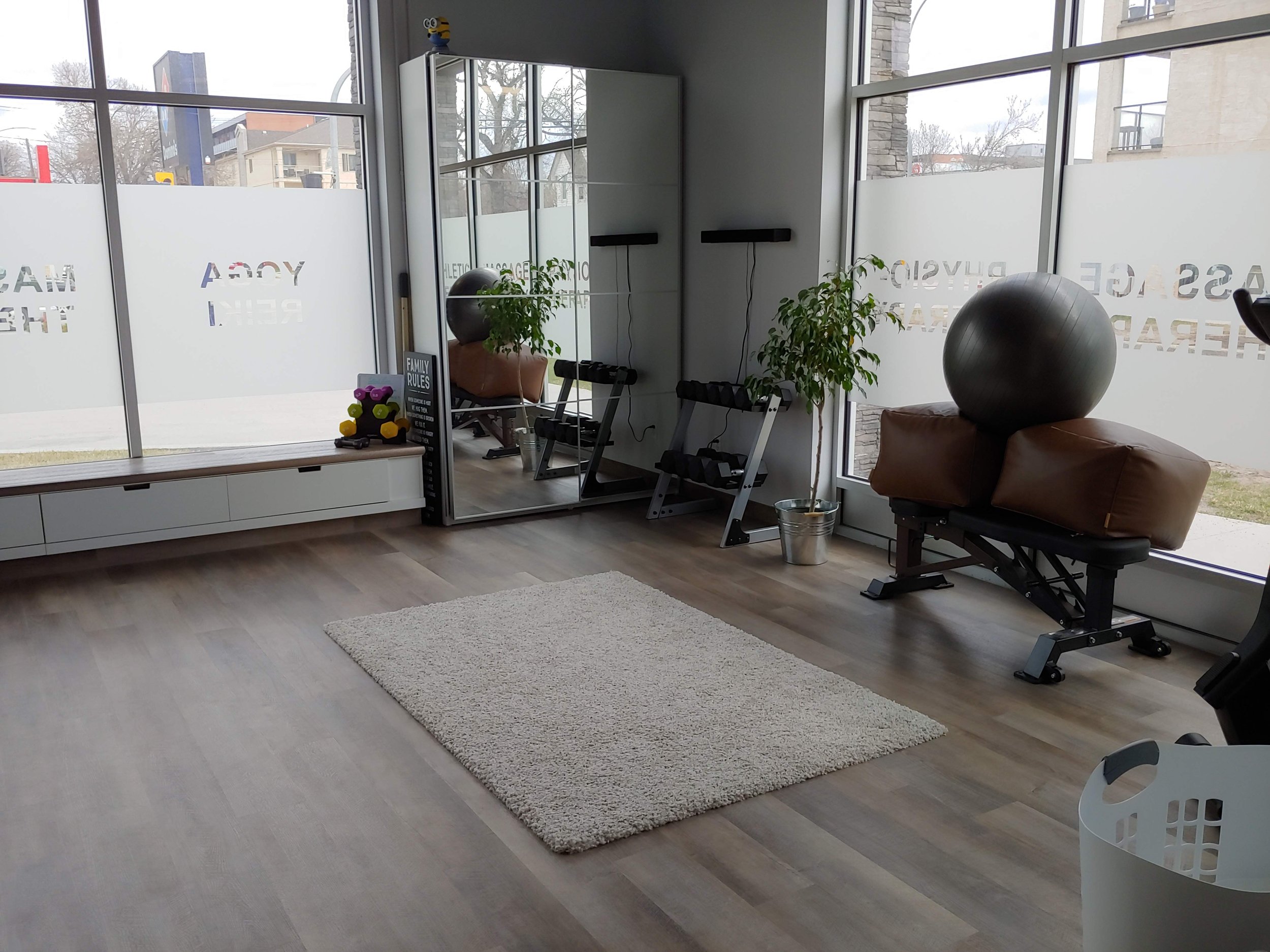
Revolution Rehab
BLOG
NEEDS EDIT Don't Let Pain Spoil Your Harvest: Reclaiming Your Comfort and Mobility
October is a time of bounty, a celebration of the "harvest" – the rewards of hard work and dedication. But what if pain is spoiling your harvest? What if aches and discomfort are preventing you from fully enjoying the activities you love, from participating in family gatherings, or even from performing your daily tasks with ease?
Lingering pain, whether acute or chronic, can feel like a persistent weed in your garden of well-being, hindering your ability to reap the full benefits of life. This month, as part of our "Health Harvest" series, we want to empower you to reclaim your comfort and mobility, ensuring that pain doesn't steal your joy.
The Impact of Unaddressed Pain
Pain is your body's alarm system, signaling that something needs attention. When pain persists or becomes chronic, it can have a profound impact beyond just the physical sensation:
Limited Participation: You might avoid hobbies, social events, or even work tasks that you once enjoyed.
Reduced Quality of Life: Constant discomfort can affect your mood, sleep, and overall sense of well-being.
Muscle Weakness & Stiffness: Avoiding movement due to pain can lead to a vicious cycle of deconditioning, making the problem worse.
Frustration & Helplessness: Feeling stuck with pain can be emotionally draining.
Reclaiming Your Harvest: Strategies for Pain Relief
The good news is that you don't have to let pain spoil your harvest. With the right approach, you can identify the root cause of your discomfort and work towards lasting relief.
Seek a Proper Diagnosis: Self-diagnosing pain can be tricky. A healthcare professional, like a physiotherapist, can conduct a thorough assessment to pinpoint the exact source of your pain. Is it a joint issue, a muscle imbalance, nerve compression, or something else? Understanding the "why" is the first step to effective treatment.
Embrace Movement (Smartly): While rest is sometimes necessary in the acute phase, prolonged inactivity can worsen pain. A physiotherapist can guide you on appropriate, pain-free movements and exercises that promote healing, strengthen supporting structures, and restore mobility. This might involve gentle stretches, targeted strengthening, or specific mobility drills.
Personalized Rehabilitation: There's no one-size-fits-all solution for pain. Your body, your lifestyle, and your pain are unique. A personalized rehabilitation plan will address your specific needs, focusing on correcting underlying issues rather than just masking symptoms.
Address Contributing Factors: Pain often has multiple contributors. This might include:
Posture: Correcting poor sitting or standing habits.
Ergonomics: Optimizing your workspace or daily environments.
Movement Patterns: Learning more efficient and less stressful ways to move.
Lifestyle: Factors like stress, sleep, and nutrition can all impact pain.
Utilize Therapeutic Modalities: Techniques like manual therapy, dry needling, acupuncture, or therapeutic exercises can be powerful tools in reducing pain, improving circulation, and restoring function.
Set Realistic Goals: Recovery is a journey, not a race. Celebrate small victories and focus on consistent progress. Your physiotherapist will help you set achievable milestones.
Be Proactive, Not Reactive: Don't wait for pain to become unbearable before seeking help. Addressing issues early can prevent them from becoming chronic and more difficult to manage.
Just as a farmer nurtures their crops, you can nurture your body to overcome pain and enjoy the full "harvest" of a life lived with comfort and freedom. Don't let pain keep you from participating in the activities and joys that matter most to you.
Ready to reclaim your comfort and mobility? Schedule a consultation with our experienced physiotherapists today to start your personalized path to pain relief!

